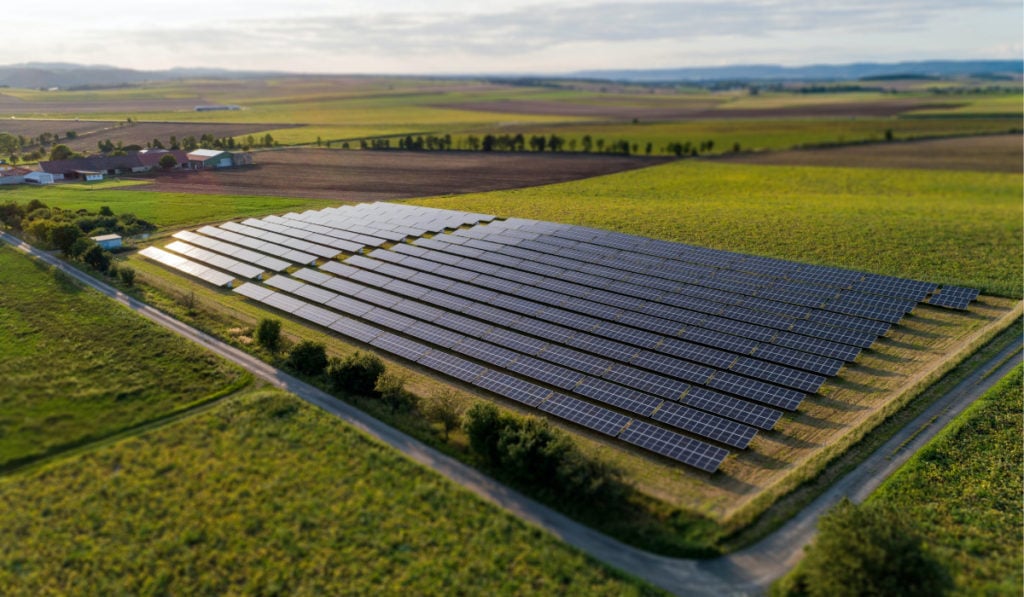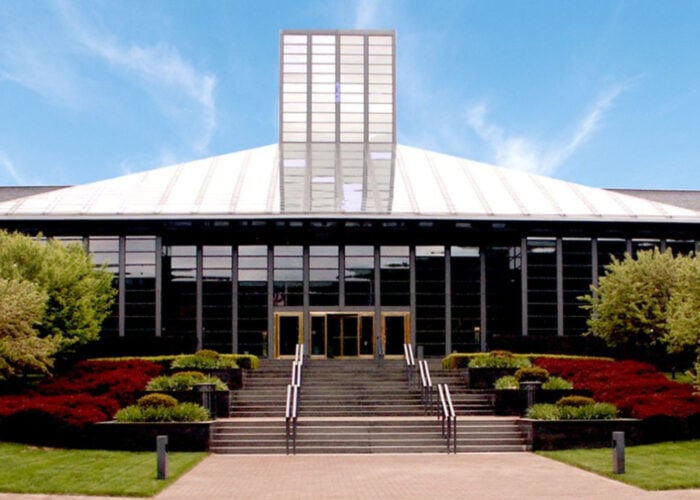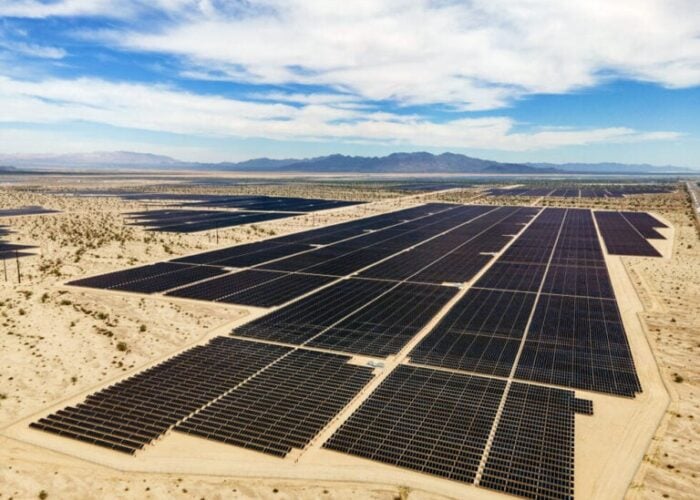
Heterojunction (HJT) module prices in the US decreased by 2.9% between November 2024 and February 2025, according to a report from solar and storage software company Anza.
In its ‘Q1 2025 Solar Module Pricing Insights Report’, the company highlighted that the price decrease for HJT modules reflects the price pressures of mono-PERC and TOPCon modules.
Try Premium for just $1
- Full premium access for the first month at only $1
- Converts to an annual rate after 30 days unless cancelled
- Cancel anytime during the trial period
Premium Benefits
- Expert industry analysis and interviews
- Digital access to PV Tech Power journal
- Exclusive event discounts
Or get the full Premium subscription right away
Or continue reading this article for free
“HJT manufacturers are likely testing their pricing, finding the price point that matches the benefits of higher efficiency, lower temperature coefficients, and reduced performance loss in colder conditions offered by these modules,” said Anza.
While HJT module prices have dropped, this trend has not been the same for the other two technologies covered by Anza, with TOPCon module prices remaining steady at US$0.26/W since November. However, prices did decrease momentarily in January to US$0.25/W.
The stability of TOPCon module prices has not been severely impacted yet by the recent tariffs imposed by Donald Trump or the ongoing antidumping and countervailing duty (AD/CVD) investigation. Even though market sentiment has shifted slightly, the overall risk litigation is seen as relatively low by most buyers, according to Anza.
“This suggests that while legal issues may factor into decision-making, they are not causing a widespread avoidance of TOPCon technology.”
Moreover, the price of mono-PERC modules has seen a 4.2% increase since November to US$0.25/W and is now nearly aligned with TOPCon module prices, due to the concerns over potential disruptions in TOPCon module availability and the possibility of retroactive fines, which drove some buyers to consider the alternative of mono-PERC more favourably.
“We suspect a lot of what we’re seeing is that the combination of tariffs, duties, and buyer focus on managing risk is in some cases more impactful than the economic advantage of TOPCon. That said, for those buyers looking to procure lower-priced inventory (that derisks UFLPA and tariffs) or those that require domestic content, PERC is still desirable or the only option,” Aaron Hall, president at Anza, told PV Tech.
Anza added that the first quarter of 2025 highlighted the complex interplay of policy, litigation and technology evolution. “While overall volatility remains moderate, the underlying dynamics illustrate significant strategic shifts: buyers responding rapidly to legal risks, manufacturers navigating tariff-induced uncertainties, and emerging technologies steadily gaining market traction.”
Furthermore, Section 201 tariffs have been integrated into Anza’s module pricing. A Premium story with more details regarding how ongoing policy and tariffs have affected module price of solar cells sourced from designated tariff-affected countries in Southeast Asia (Cambodia, Malaysia, Thailand and Vietnam), can be read here (subscription required).
PV Tech publisher Solar Media will be organising the fourth edition of Large Scale Solar USA in Dallas, Texas 29-30 April. After a record year for solar PV additions in the US, the event will dive into the ongoing uncertainties on tariffs, tax credits and trade policies as more domestic manufacturing becomes operational. Other challenges, such as the interconnection queues and permitting, will also be covered in Dallas. More information, including how to attend, can be read here.






